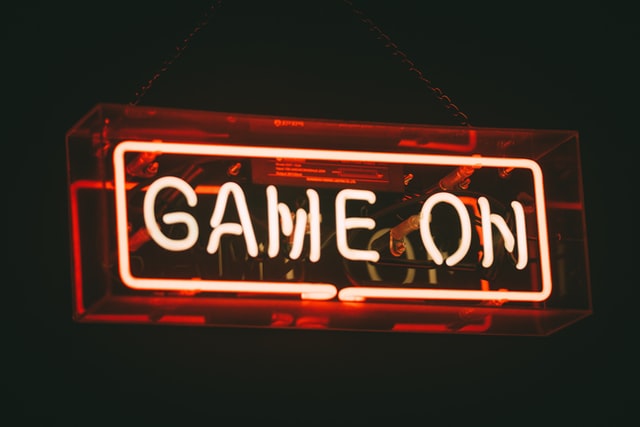This article discusses the various characteristics of neon signs and the materials used to make them. This article will also discuss the cost of custom made neon signs. This article was written by a professional sign maker, so the information presented may not be accurate. Please contact us if you would like to make your own neon sign. We will be happy to help! You can also check out our online store for custom neon signs. Just remember to take note of the dimensions when you place your order.
Lessons learned from making neon signs
Making neon signs is an art form, and many people are drawn to the craftsmanship involved. The handcrafted, handmade signs make a statement and stand out from the crowd of Light Emitting Diodes (LEDs). However, as new technology is adopted, the novelty quickly wears off. Neon signs became ubiquitous, and some cities have even banned them entirely. As the popularity of these signs continued to grow, their edgy aesthetic became synonymous with seedy late-night businesses.
Despite their price, neon signs are a cost-effective advertising tool. A typical neon sign requires only 90 watts of electricity and runs for only a few dollars. That’s a lot less than the cost of a single light bulb in an average refrigerator or kitchen appliance! Plus, proper care and maintenance can prolong the life of neon signs. However, you must remember that neon does have its downsides as well.
Materials used to make neon signs
In DIY Neon Signs, you can create a beautiful light display from scratch using inexpensive materials. You can purchase the necessary materials from hardware stores or electronic retailers. You will need soft lead glass tubing in varying diameters, between 0.3 and one inch in diameter. The tubing is then heated by burners that operate on a mixture of butane, propane, or natural gas. The electrodes, or the metal rods, that make up the sign are attached to wires that run through the glass tube.
The lifespan of a traditional neon sign depends on its use and the care it receives. These signs typically last from eight to fifteen years, but some continue to work even longer. To maintain the quality of the sign, avoid leaving it on for extended periods. The sign could overheat and be susceptible to electrical surges, which could potentially shorten its lifespan. BS EN50107 standards all neon signs to ensure that they are safe and last for many years.
Characteristics of neon signs
Historically, neon signs were created by several chemists. After years of discovery and trial and error, this form of outdoor advertising was born. In the 1800s, Scottish chemist William Ramsay discovered and isolated neon from liquefied argon. The gas’s distinctive bright color emanated from a glass tube when charged with high voltage. Other gases that were discovered during this time period included xenon and krypton.
The most famous example of a neon sign is the Lake Worth Playhouse in Lake Worth Beach, Florida, which was installed in 1929. The original function of the neon sign was to promote the Lake Worth Playhouse, and it has survived to this day. While light emitting diode arrays (LEDs) can simulate the look of neon tubes, the traditional glow of neon signs is still highly visible. When these signs were fabricated, they were made of glass tubes filled with argon and neon gases.
Cost of custom made neon signs
The cost of custom made neon signs is largely determined by the complexity of the design. More intricate designs involve more complex work, which increases the overall cost. In addition, the design may contain a logo or image that is difficult to implement with other materials. These signs can be very expensive. However, the added expense is worth it when you consider the number of benefits you can get from them. Listed below are some of the benefits and disadvantages of custom made neon signs.
When it comes to custom made neon signs, the cost will be less expensive than buying newspaper ads. These signs can be erected for many years, while newspaper ads get tossed into the recycling bin within a day. Besides, a well-placed neon sign can draw attention to high-margin products and items. Neon signs can be extremely helpful in boosting sales and attracting more clients. However, they should not be used for marketing purposes alone.
Environmental impact of neon signs
The environmental impact of neon signs is often overlooked, especially when compared to other forms of outdoor advertising. This is because the traditional neon signs use mercury, which is toxic to the environment and must be disposed of properly. However, LED neon signs are considered green and energy efficient, and they are a more sustainable choice. They are also more cost effective than traditional neon signs, and they do not create the same shock hazards or breakage problems.
There are several issues surrounding the environmental impact of neon signs. While some people believe that they contain toxic chemicals, the fact is that these signs are largely composed of argon gas, which is naturally present in the air we breathe. Additionally, older argon tubes contain trace amounts of mercury vapor. Exposure to mercury is only harmful if it is repeated for an extended period of time. This means that LED neon has largely influenced the neon sign industry today.


